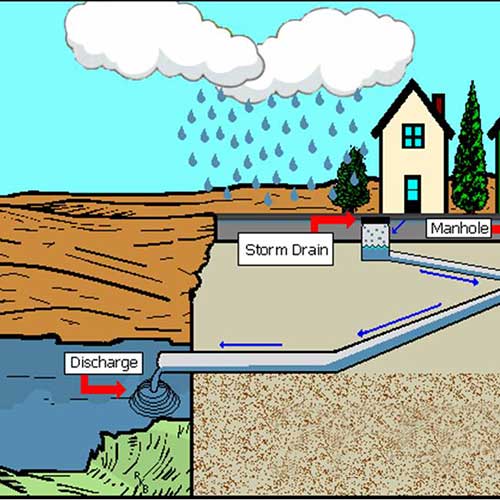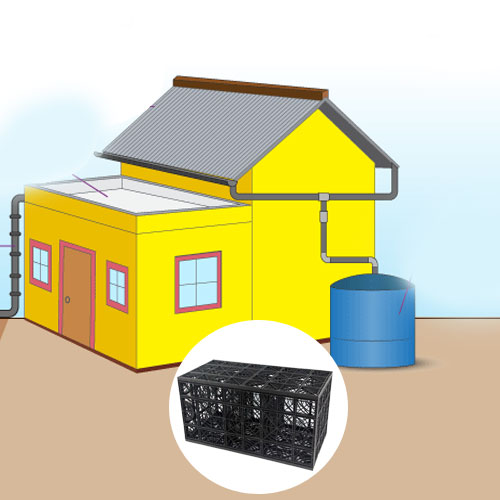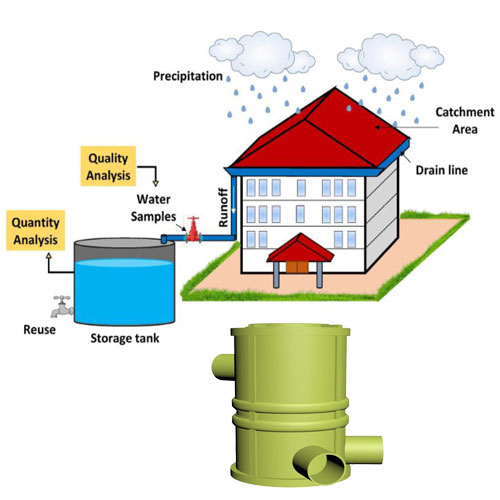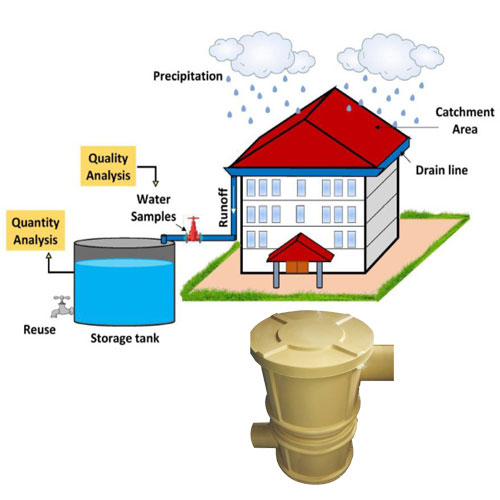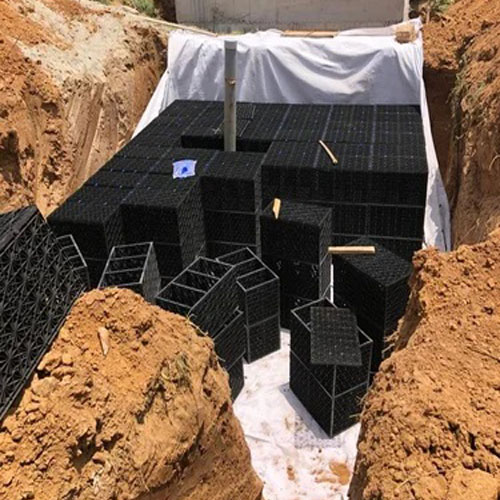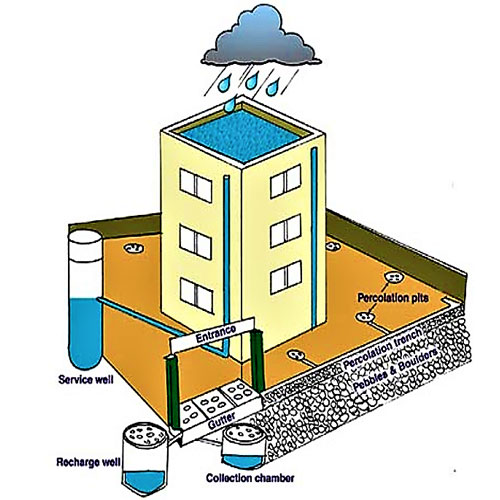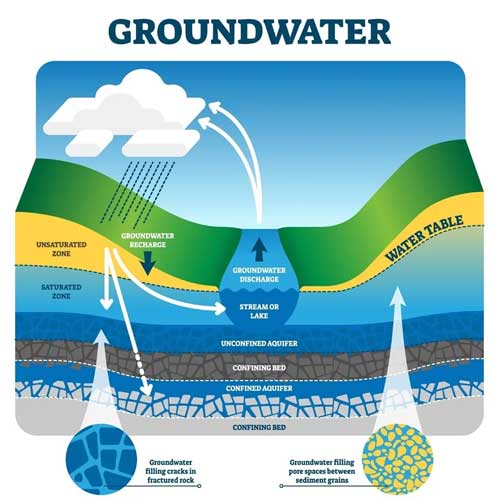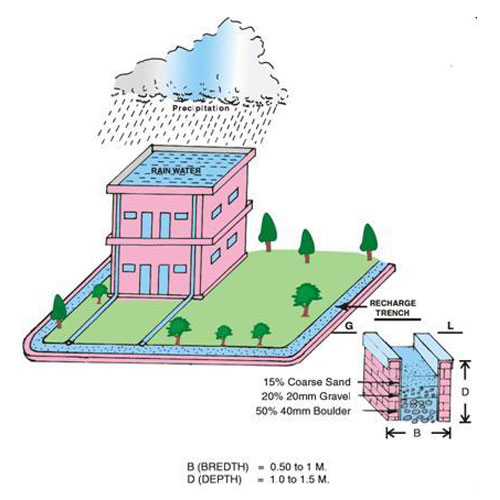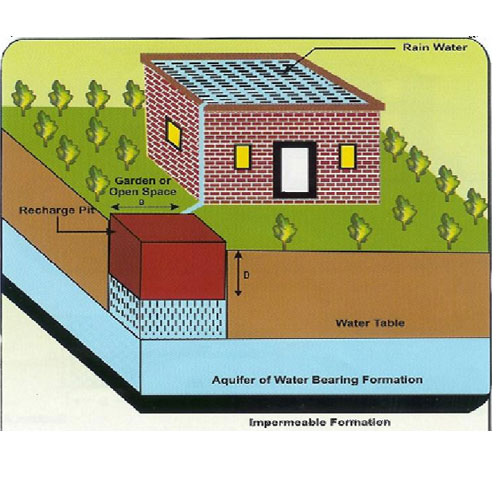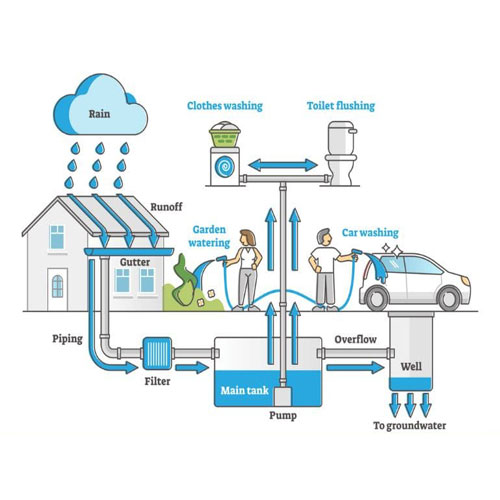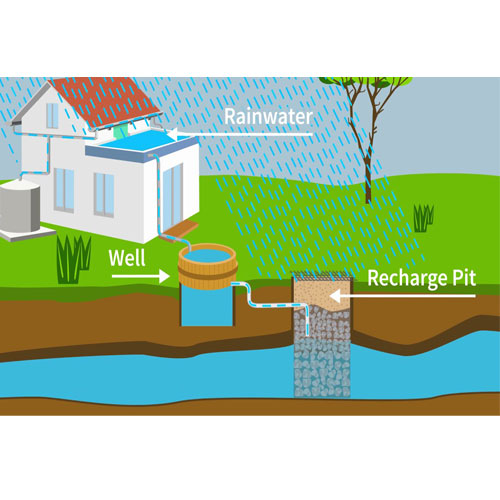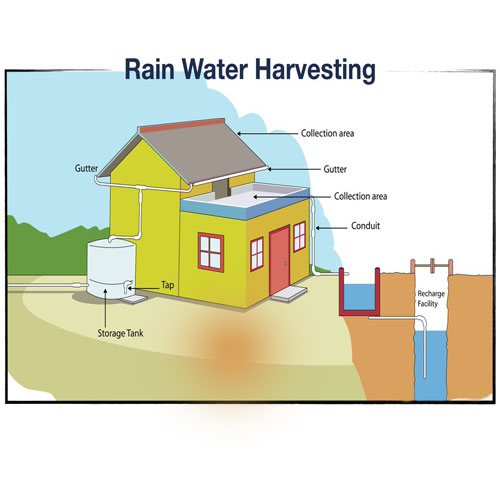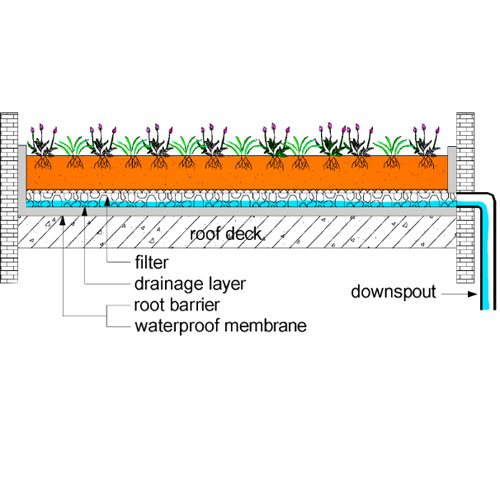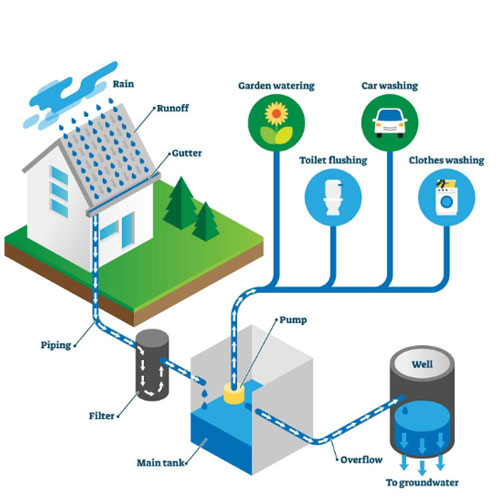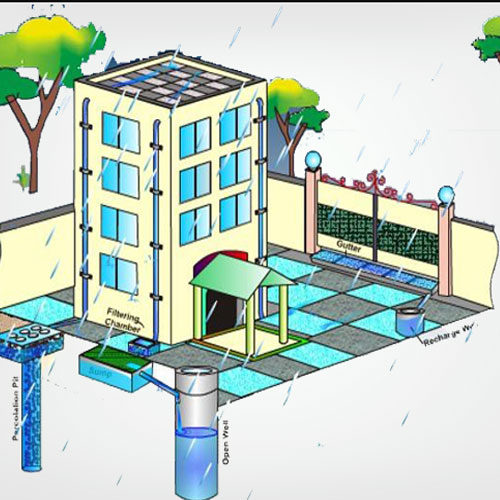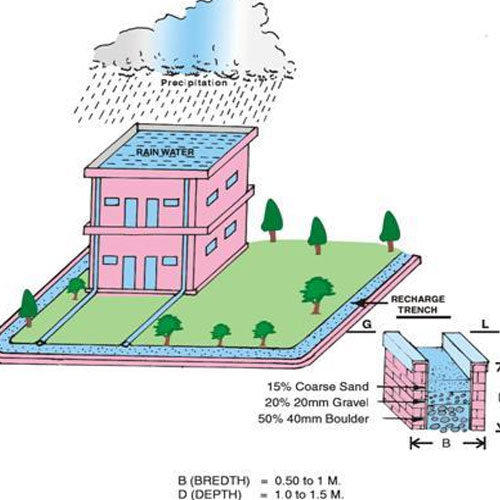Stormwater Management: Harnessing Natures Power to Mitigate Urban Flooding
As urbanization continues to transform landscapes and alter natural drainage patterns, stormwater management has become a critical aspect of sustainable urban development. Traditional stormwater management systems often struggle to cope with the increased volume and intensity of stormwater runoff, leading to urban flooding, water pollution, and infrastructure damage. To address these challenges, innovative approaches to stormwater management have emerged, focusing on harnessing natures power to mitigate the impacts of storms. In this article, we will explore the unique concept of stormwater management and its transformative impact on urban resilience and water sustainability.
Stormwater management involves the collection, treatment, and controlled release of stormwater to reduce flooding and mitigate pollution. Traditional approaches rely heavily on underground pipes, concrete channels, and retention ponds to handle stormwater runoff. However, these conventional systems are often overwhelmed during heavy rainfall events, leading to overflow, erosion, and contamination of water bodies. In contrast, nature-based stormwater management approaches seek to mimic natural processes, working with the landscape instead of against it.
One of the key principles of nature-based Storm water Management Companies in Delhi is the preservation and restoration of natural features and green infrastructure. This approach recognizes the value of natural systems, such as wetlands, green roofs, bioswales, and permeable pavements, in absorbing, filtering, and storing stormwater. By integrating these elements into urban design, stormwater can be effectively managed at its source, reducing the burden on traditional drainage systems and minimizing the risk of flooding.
Green roofs, for instance, are an exceptional feature of nature-based stormwater management. These vegetated rooftops act as natural sponges, absorbing rainwater and reducing the volume of runoff. Green roofs also provide additional benefits, such as improving air quality, reducing energy consumption, and enhancing the aesthetics of buildings. By incorporating green roofs into urban landscapes, stormwater can be effectively captured and stored, mitigating the impacts of heavy rainfall events.
Bioswales, also known as vegetated swales or rain gardens, are another unique component of nature-based stormwater management. These shallow, vegetated channels are designed to collect and filter stormwater runoff. The plants in the bioswales help to slow down the flow of water, allowing sediment and pollutants to settle out, while the soil and plant roots absorb excess water. Bioswales not only reduce the risk of flooding but also improve water quality by removing pollutants and promoting groundwater recharge.
Permeable pavements offer an exceptional solution to address stormwater management in urban areas. These pavements allow water to infiltrate through the surface, reducing runoff and facilitating groundwater recharge. Permeable pavements can be used for sidewalks, driveways, parking lots, and even roads, effectively reducing the strain on stormwater drainage systems. Additionally, permeable pavements help to mitigate the urban heat island effect, improve water quality, and enhance the overall aesthetics of the built environment.
In addition to these nature-based features, Storm water Management in Delhi also emphasizes the importance of comprehensive planning and integrated design. By incorporating stormwater management into the early stages of urban development projects, the impact of stormwater runoff can be minimized. This includes strategies such as preserving natural drainage patterns, implementing green space networks, and utilizing decentralized stormwater management systems. The integrated design ensures that stormwater management is seamlessly integrated with other aspects of urban planning, resulting in a more resilient and sustainable urban environment.
Furthermore, community engagement and education play a crucial role in successful stormwater management. Public awareness campaigns can promote responsible water use, encourage the adoption of rainwater harvesting practices, and educate individuals on the importance of reducing pollution and runoff. By fostering a sense of ownership and responsibility among residents, stormwater management can become a collective effort that contributes to the overall well-being of the community.
As urbanization continues to transform landscapes and alter natural drainage patterns, stormwater management has become a critical aspect of sustainable urban development. Traditional stormwater management systems often struggle to cope with the increased volume and intensity of stormwater runoff, leading to urban flooding, water pollution, and infrastructure damage. To address these challenges, innovative approaches to stormwater management have emerged, focusing on harnessing natures power to mitigate the impacts of storms. In this article, we will explore the unique concept of stormwater management and its transformative impact on urban resilience and water sustainability.
Stormwater management involves the collection, treatment, and controlled release of stormwater to reduce flooding and mitigate pollution. Traditional approaches rely heavily on underground pipes, concrete channels, and retention ponds to handle stormwater runoff. However, these conventional systems are often overwhelmed during heavy rainfall events, leading to overflow, erosion, and contamination of water bodies. In contrast, nature-based stormwater management approaches seek to mimic natural processes, working with the landscape instead of against it.
One of the key principles of nature-based stormwater management is the preservation and restoration of natural features and green infrastructure. This approach recognizes the value of natural systems, such as wetlands, green roofs, bioswales, and permeable pavements, in absorbing, filtering, and storing stormwater. By integrating these elements into urban design, stormwater can be effectively managed at its source, reducing the burden on traditional drainage systems and minimizing the risk of flooding.
Green roofs, for instance, are an exceptional feature of nature-based stormwater management. These vegetated rooftops act as natural sponges, absorbing rainwater and reducing the volume of runoff. Green roofs also provide additional benefits, such as improving air quality, reducing energy consumption, and enhancing the aesthetics of buildings. By incorporating green roofs into urban landscapes, stormwater can be effectively captured and stored, mitigating the impacts of heavy rainfall events.
Bioswales, also known as vegetated swales or rain gardens, are another unique component of nature-based stormwater management. These shallow, vegetated channels are designed to collect and filter stormwater runoff. The plants in the bioswales help to slow down the flow of water, allowing sediment and pollutants to settle out, while the soil and plant roots absorb excess water. Bioswales not only reduce the risk of flooding but also improve water quality by removing pollutants and promoting groundwater recharge.
Permeable pavements offer an exceptional solution to address stormwater management in urban areas. These pavements allow water to infiltrate through the surface, reducing runoff and facilitating groundwater recharge. Permeable pavements can be used for sidewalks, driveways, parking lots, and even roads, effectively reducing the strain on stormwater drainage systems. Additionally, permeable pavements help to mitigate the urban heat island effect, improve water quality, and enhance the overall aesthetics of the built environment.
In addition to these nature-based features, stormwater management also emphasizes the importance of comprehensive planning and integrated design. By incorporating stormwater management into the early stages of urban development projects, the impact of stormwater runoff can be minimized. This includes strategies such as preserving natural drainage patterns, implementing green space networks, and utilizing decentralized stormwater management systems. Integrated design ensures that stormwater management is seamlessly integrated with other aspects of urban planning, resulting in a more resilient and sustainable urban environment.
Furthermore, community engagement and education play a crucial role in successful stormwater management. Public awareness campaigns can promote responsible water use, encourage the adoption of rainwater harvesting practices, and educate individuals on the importance of reducing pollution and runoff. By fostering a sense of ownership and responsibility among residents, stormwater management can become a collective effort that contributes to the overall well-being of the community.
